Industrial Tablet PC is a multi-functional device that can be used for calculation, fitting simulation, tabulation, drawing, selection, discrimination, storage, retrieval, statistics, management, automatic control, artificial intelligence, expert system, etc. If you want to simplify the difficult work in the chemical industry and improve your work efficiency, you need to use an industrial tablet. The use of industrial tablet PCs in chemistry is one of the most important achievements in chemistry in recent years. The industrial tablet PC can be used in every field of the chemical industry, and it's superiority and vitality are becoming more and more prominent in the chemical industry. In the chemistry discipline, complex computing, massive chemical information, the complexity and microscopic nature of chemical reactions require virtual reality, chemical processes require automation, etc., all of which must be supported by industrial tablet computers. As a bridge between industrial tablet computers and programmers, industrial displays are also a topic of great concern when ordering industrial tablet computers. Below I will briefly introduce the differences between capacitive industrial touch screens and resistive industrial touch screens.
Capacitive Touch Panel PC
1. The difference in principle between capacitive and resistive Industrial Display
The capacitive screen is induced based on the current and current of the human body, and the resistive screen is induced based on pressure, so the capacitive screen will only respond when touched with a mobile phone. It is not possible to touch it with a stylus or fingernail. The resistive screen can be nailed or stylus.
2. The main structural differences between capacitive and resistive screens:
Capacitive Touch Screen Monitor can be simply regarded as a screen body composed of a four-layer composite screen: the outermost layer is a glass protective layer, then a conductive layer, the third layer is a non-conductive glass screen, the innermost The four layers are also conductive layers. The innermost conductive layer is a shield layer, which plays a role in shielding the internal electrical signals. The middle conductive layer is a key part of the entire touch screen. There are direct leads on the four corners or four sides, which are responsible for detecting the position of the touchpoint.
There are two types of resistance screens: four-wire resistance screen and five-wire resistance screen. The body part of the resistive touch screen is a multi-layer composite film attached to the surface of the display, with a layer of glass or plexiglass as the base layer, the surface is coated with a transparent conductive layer, and then covered with a layer of outer surface hardening treatment, smooth and scratch-resistant Plastic layer. When the finger is pressed on the touch screen, the two conductive layers are in contact there, the resistance changes, signals are generated in both X and Y directions, and then sent to the touch screen controller.
Resistance Touch Panel PC
3. The respective advantages of the capacitive screen and resistive screen.
Capacitive Touch Panel PC Advantages: You can multi-touch. Now the multi-touch capacitive screen used on IP can only realize two-point touch at the same time. In the future, it will develop into three-point, four-point, N-point, and high positioning accuracy.
Resistance Touch Panel PC Advantages: low cost, good response sensitivity, can adapt to various harsh environments, under any circumstances (such as toilet, bath, sauna), in any environment (such as rain, snow, high temperature, Ultra-low temperature), you can accurately touch the resistive screen with anything (such as nails, toothpicks, lighters, tongue).
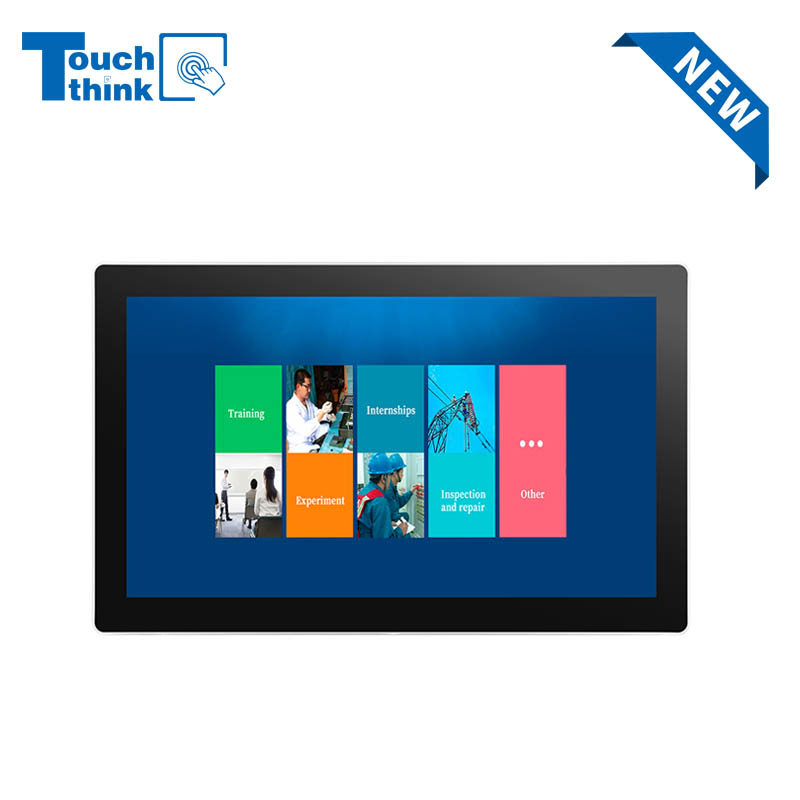
IP65 Wall-Mounted Industrial Touch Screen Monitor | Waterproof HMI Display VIEW MORE
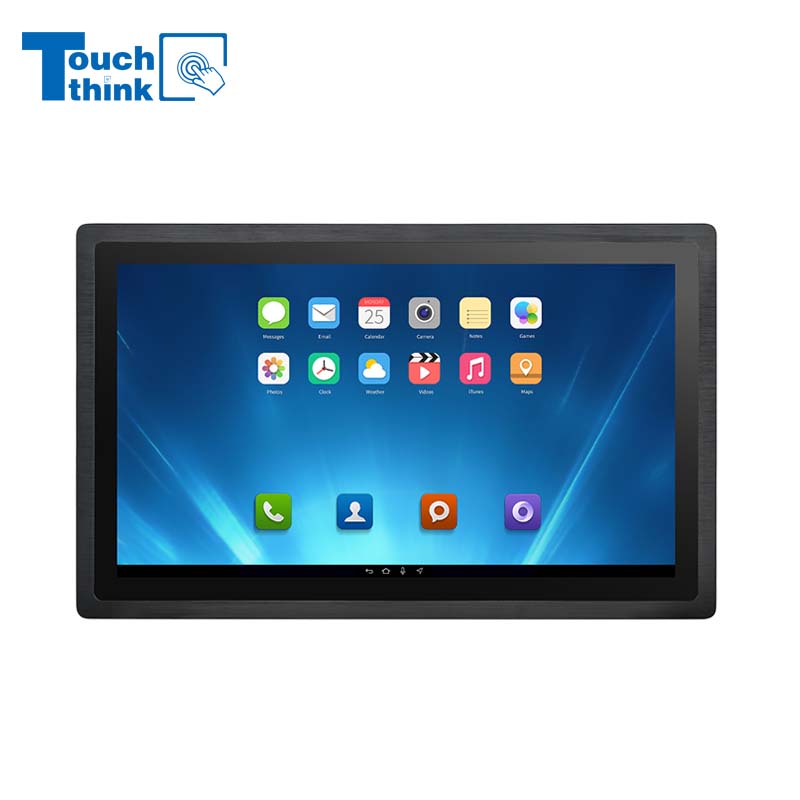
23.8 Inch Industrial Panel PC, Slim Ultra-Thin Design, Multiple I/O Ports, Rugged Touch Computer for IIoT VIEW MORE
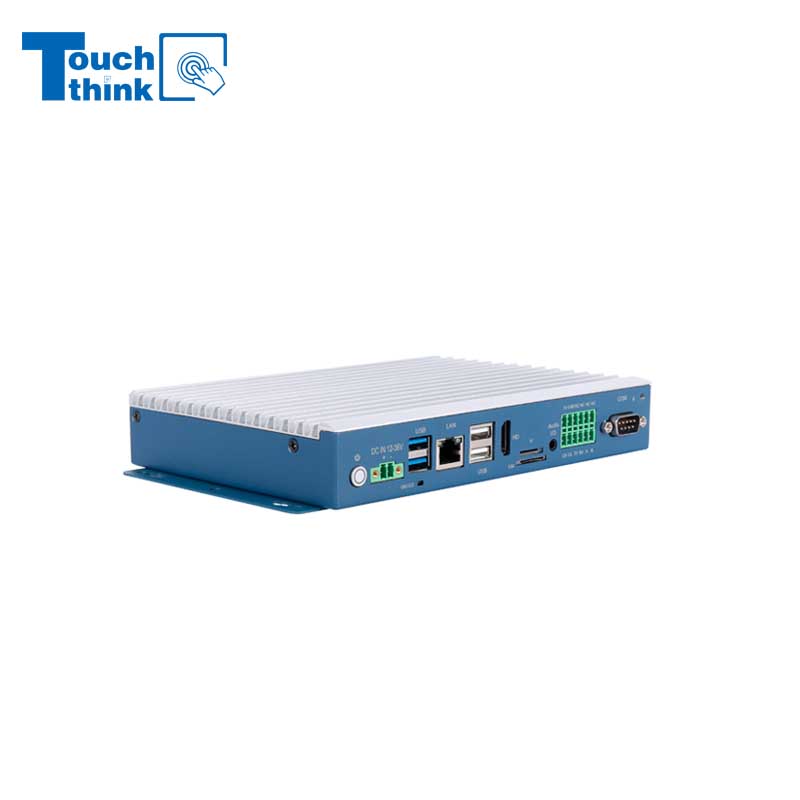
Embedded Fanless Computer ARM Cortex-A55 Quad-Core 64-bit Computers with 1TOPS NPU and Wi-Fi 6 Capabilities VIEW MORE
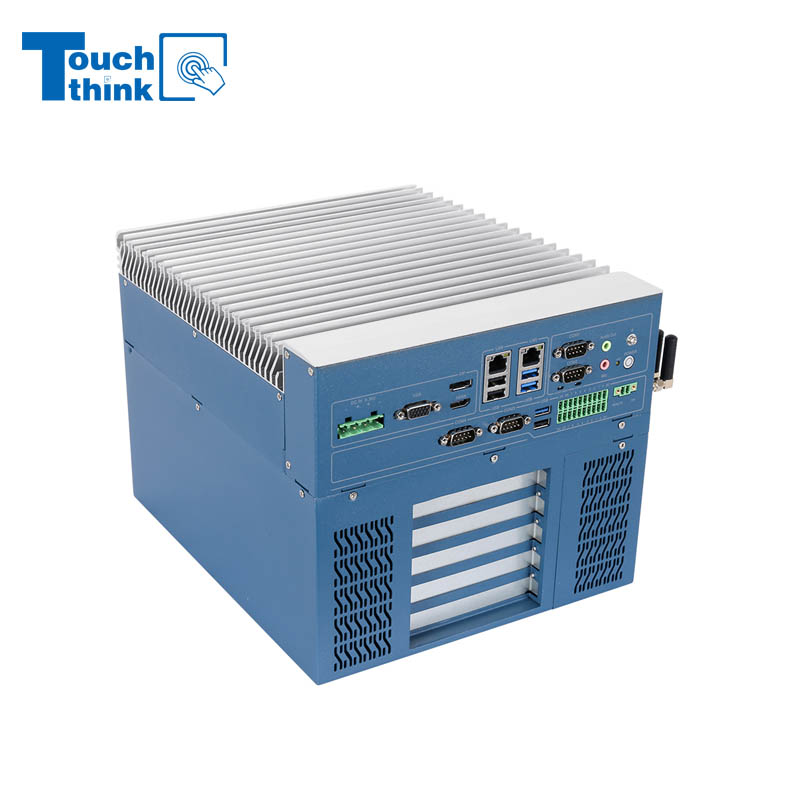
High Expandability Industrial Embedded PC with Expansion Slots PCIex16 PCIex4 9 to 36V Input VIEW MORE
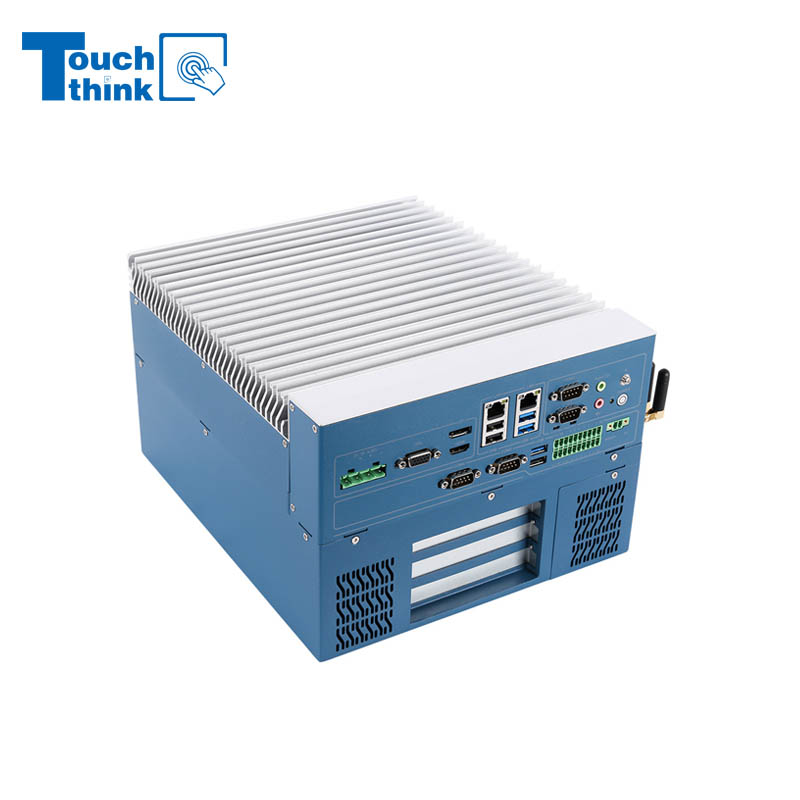
Modular Embedded Computer with Intel® Core 12/13/14th-Gen Processor 2.5GbE LAN VIEW MORE
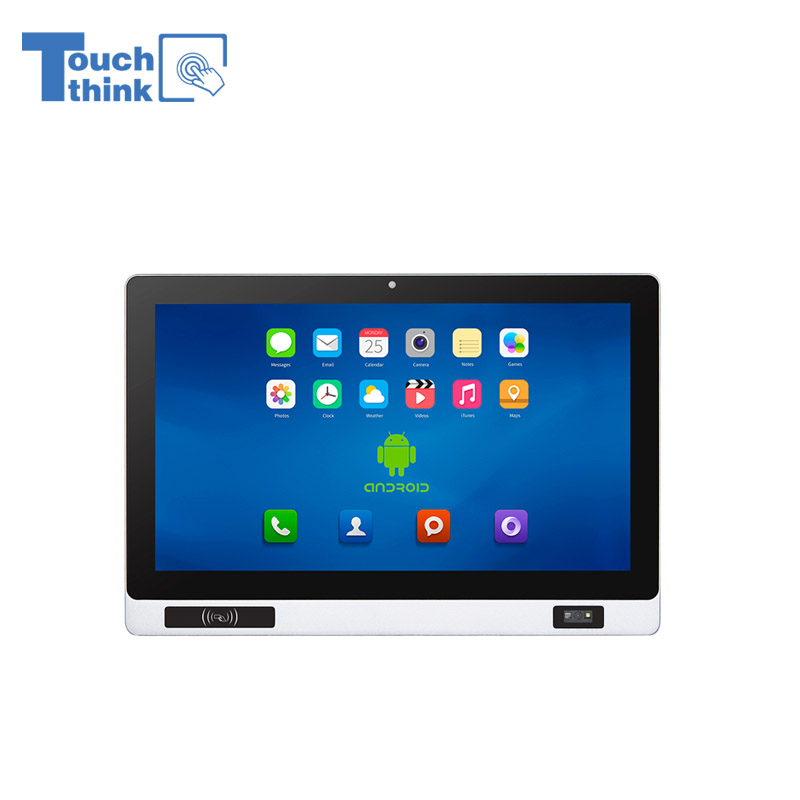
Industrial Panel PC with NFC and QR Code Scanning Functions for Smart Factory VIEW MORE
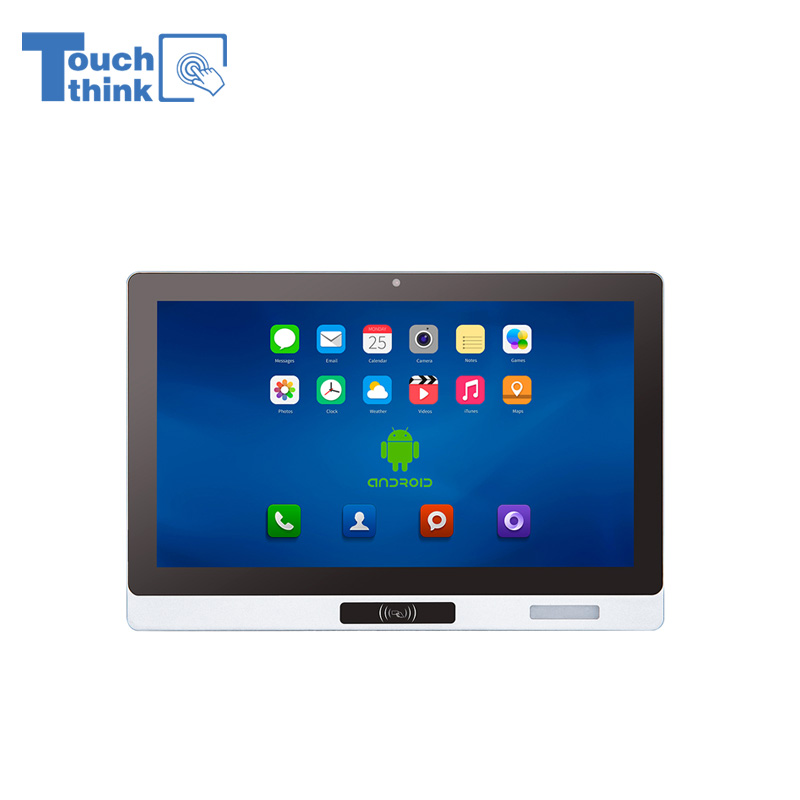
All-in-One Android Panel PCs with NFC/Camera For MES System in Digital Factory 24/7 Use VIEW MORE
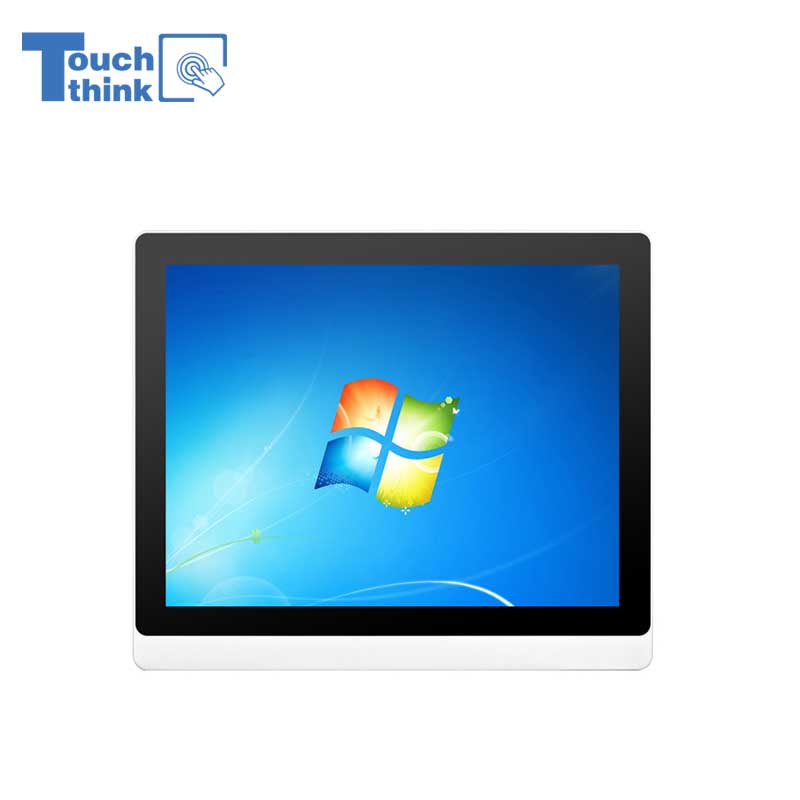
VESA Mount Industrial Touch Panel PC with i3 i5 i7 Processor Desktop Computer 8GB DDR4 128GB SSD VIEW MORE
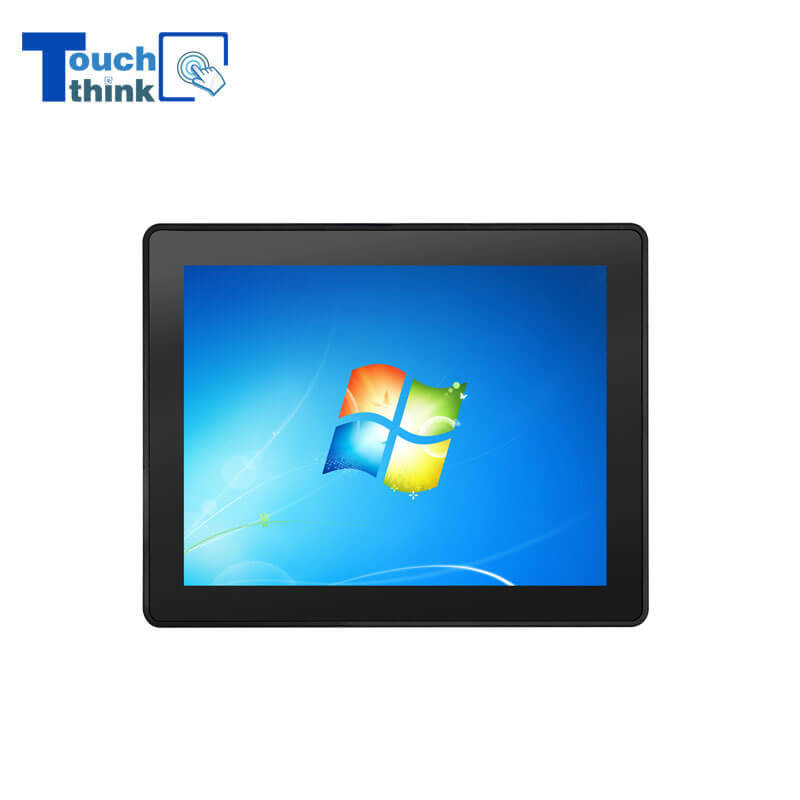
Rugged IP65 Industrial Touchscreen Computer Industrial HMI Panel PC VIEW MORE
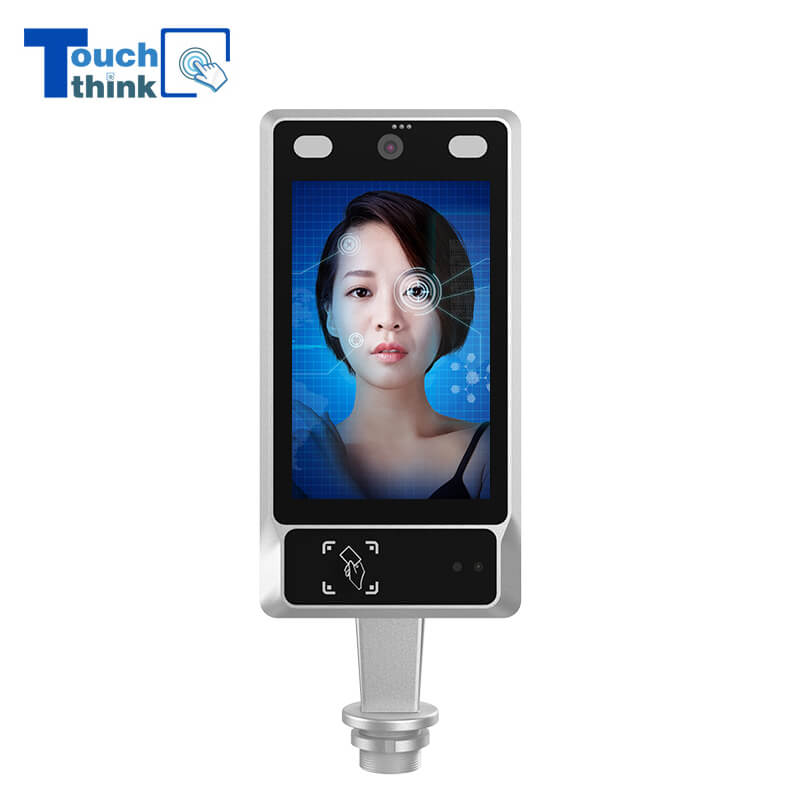
8 inch Facial Recognition Terminal For Turnstile Access Control VIEW MORE
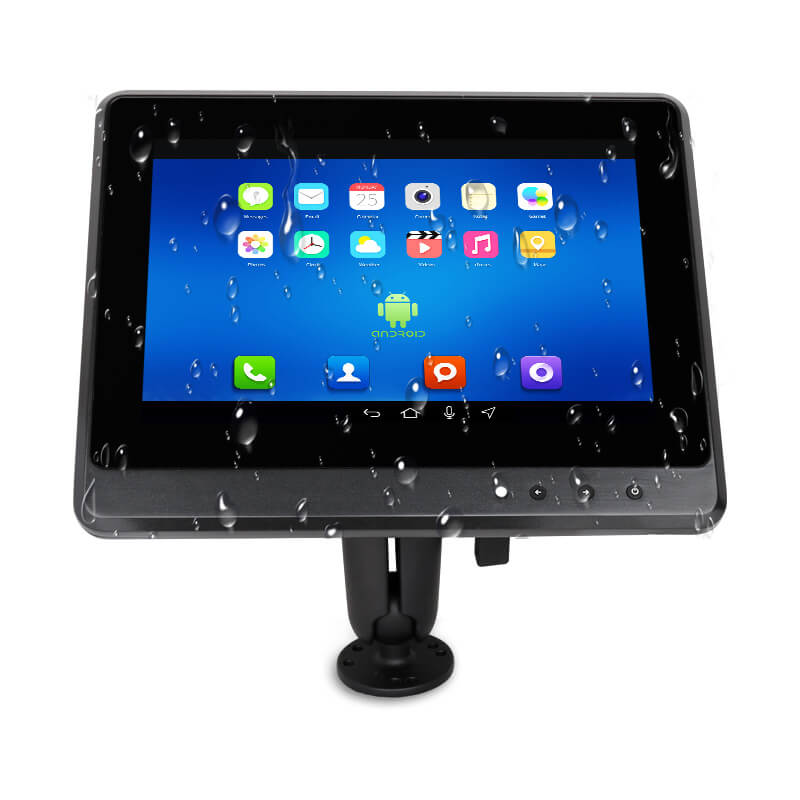
Android In-Vehicle Industrial Panel PC Vehicle AGV Computer VIEW MORE
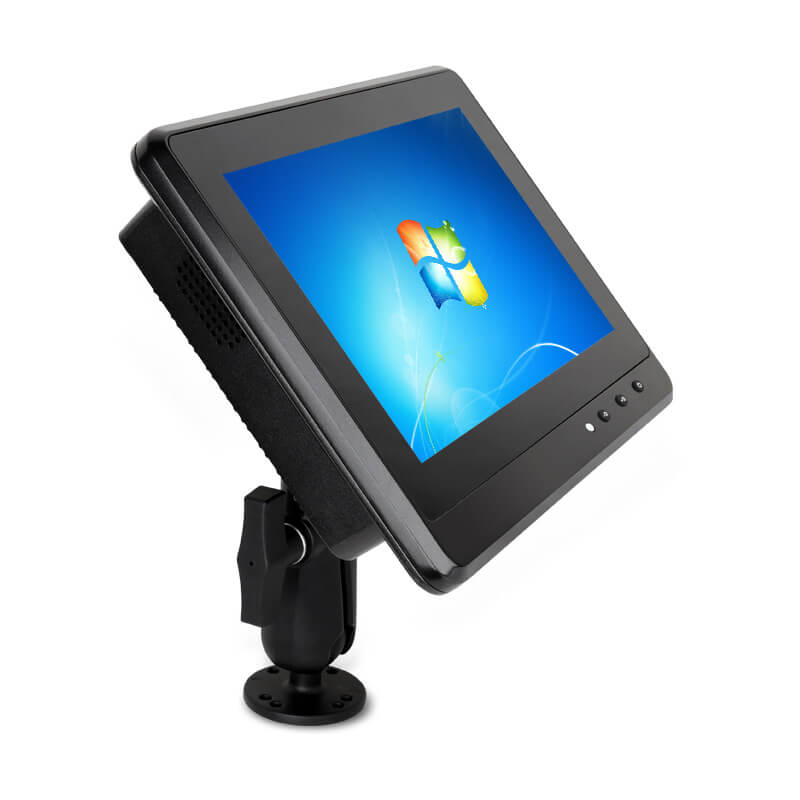
Transportation Panel PC Windows Vehicle Mounted Touch Computers VIEW MORE
Copyright © Shenzhen Touch Think Intelligence Co.,Ltd. All Rights Reserved Update cookies preferences